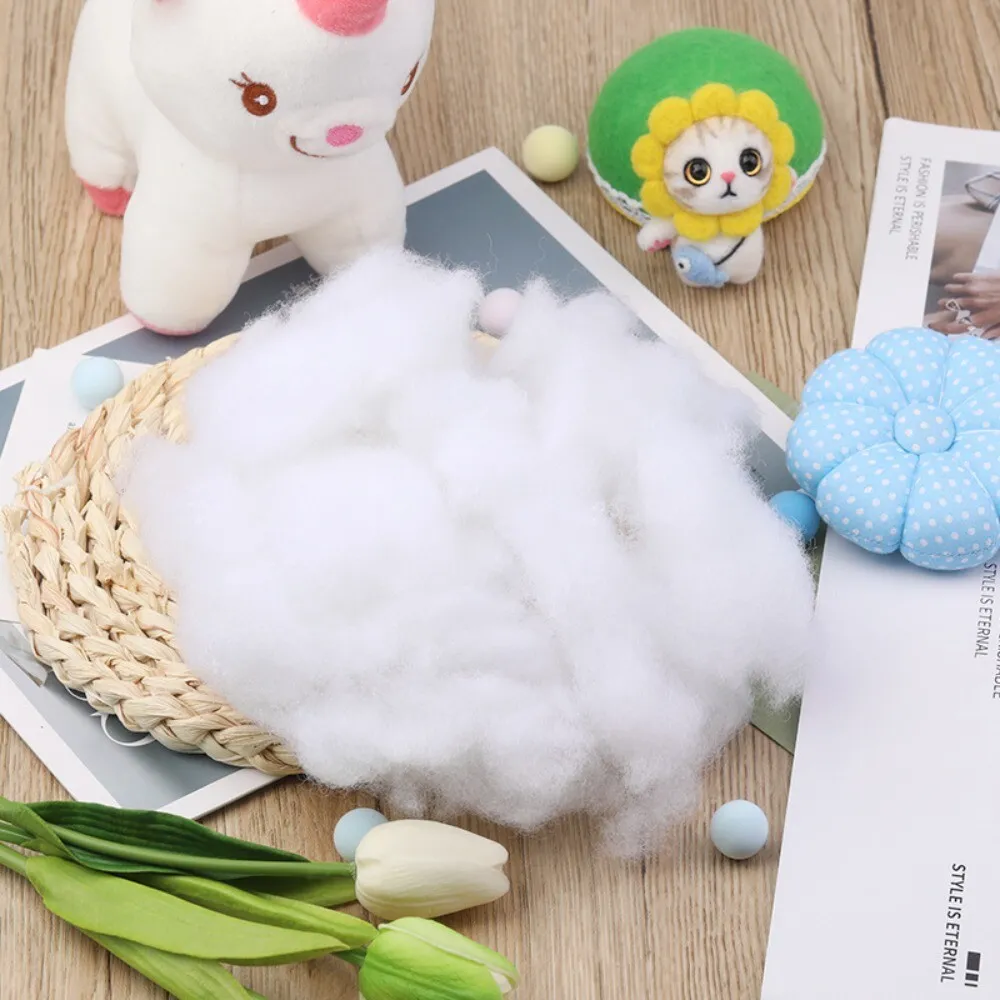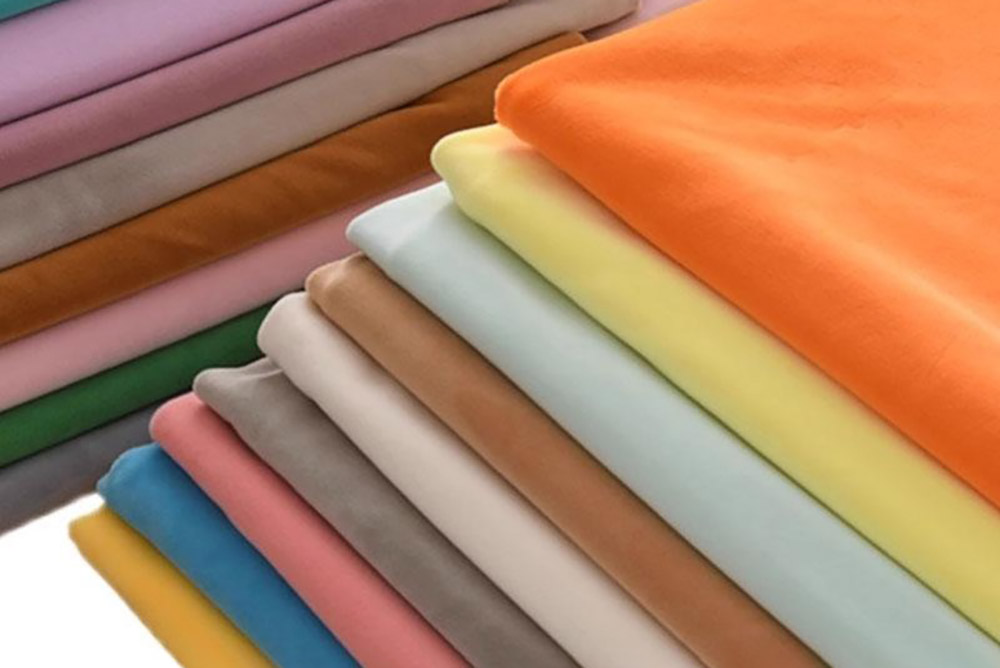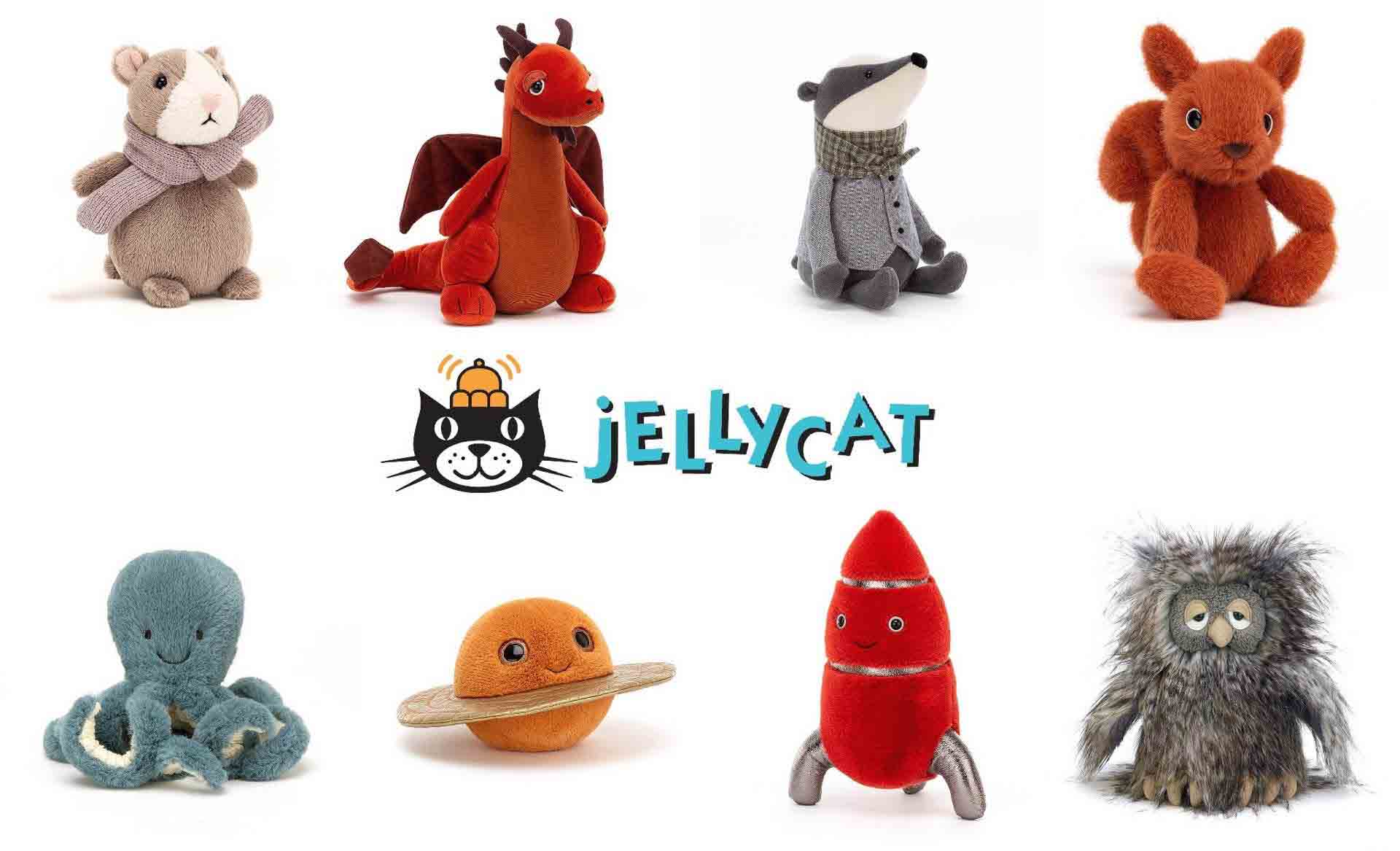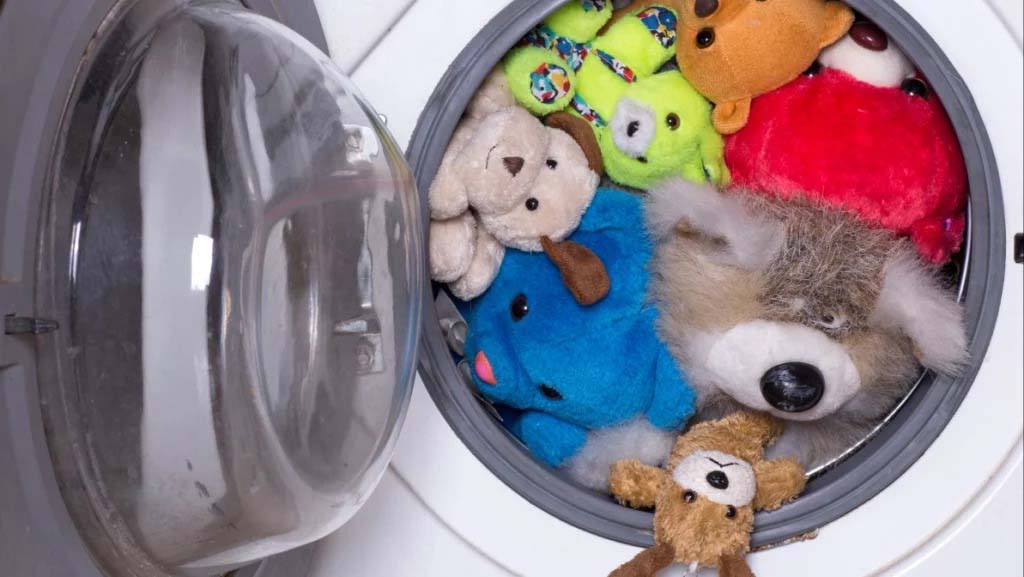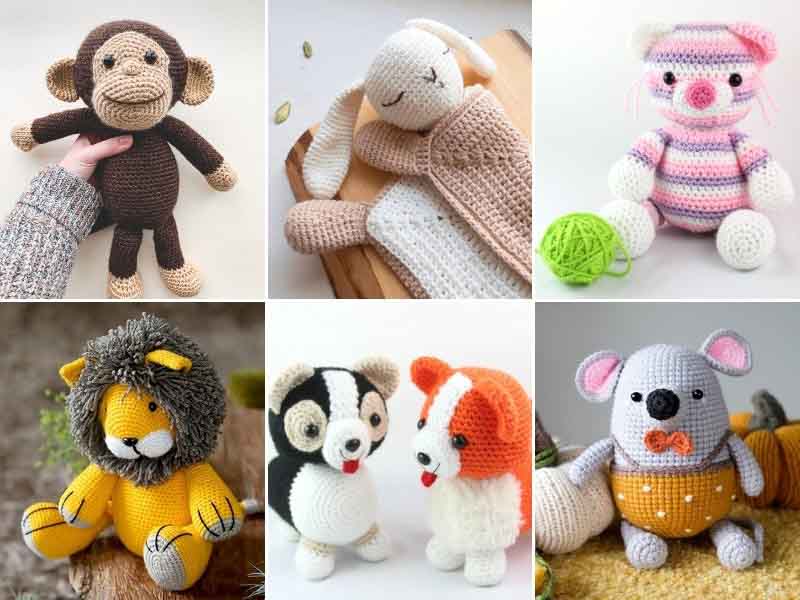Stuffed animals feel soft, huggable, and safe because of the materials inside them. While the outer fabric creates first impressions, the stuffing defines comfort, durability, and safety. For global buyers, knowing the filling options is essential to ensure compliance, manage costs, and align products with customer expectations.
The most common filling is polyester fiberfill, but other options such as beads, foam, cotton, and eco-friendly fibers also play important roles. In this guide, we break down the major types of stuffing, their applications, and what buyers should consider when sourcing plush toys.
What Is the Standard Name for Stuffed Animal Filling?

In the toy industry, the general term for the inside of stuffed animals is stuffing or filling. The most widely recognized name is polyester fiberfill, sometimes referred to as polyfill. It is light, soft, and easy to use in large-scale manufacturing.
Polyester fiberfill dominates the market because it is affordable, washable, and hypoallergenic. Factories around the world, including those in China, Vietnam, and Indonesia, use it for most plush toys destined for mass retail.
However, depending on the target market, factories may also blend polyester fiber with other materials—like foam beads or cotton—to achieve specific textures or weights. Buyers often specify the filling during the product development phase, since it directly affects safety certification and retail positioning.
Common Industry Terms for Stuffing
| Term Used | Meaning | Notes for Buyers |
|---|---|---|
| Stuffing | General word for toy filling | Widely used in consumer language |
| Filling | Technical term for inner materials | Used in production and B2B orders |
| Polyester Fiberfill (Polyfill) | Synthetic fiber stuffing | Most common, cost-efficient |
| Beads / Pellets | Small plastic or glass beads | Used for weighted toys |
| Foam | Cut foam pieces or microfoam | Adds structure and bounce |
How Does Polyester Fiberfill Compare to Other Common Stuffing Materials?

Polyester fiberfill is the global standard for stuffed toys. It is made from synthetic fibers that are fluffy and resilient. Manufacturers prefer it because it compresses easily during production and springs back into shape after use.
Compared with natural cotton, polyester fiberfill is lighter, more consistent, and less likely to clump. Against foam, it feels softer but less structured. When compared to beads, it offers volume and fluff but not weight. For these reasons, polyester fiberfill is often used as the base stuffing, while other materials may be added for balance.
For buyers, polyester fiberfill reduces risks. It is machine-washable, hypoallergenic, and approved under major safety standards like CE and ASTM. Its price advantage also makes it ideal for bulk orders.
Comparison of Polyester Fiberfill vs Other Stuffing
| Material | Softness | Durability | Cost | Best Use Case |
|---|---|---|---|---|
| Polyester Fiberfill | High | High | Low | Standard plush toys |
| Cotton | Medium | Medium | Medium | Eco and natural-themed toys |
| Foam | Medium | High | Medium | Toys needing firmness |
| Beads/Pellets | Low | High | Medium | Weighted toys, collectibles |
What Specialty Fillings (Beads, Foam, Cotton) Are Used in Plush Toy Manufacturing?

Beyond polyester, manufacturers use specialty fillings to create different textures, weights, and functions in toys. These materials can elevate a plush toy from standard to premium, or make it more interactive.
Beads and Pellets: Small plastic beads (sometimes glass or ceramic) are added to give toys weight and stability. They are often placed in the bottom of plush toys to help them sit upright. Beads are also essential for weighted plush toys, which are popular in therapy and sensory use.
Foam: Factories may use shredded foam or microfoam to create firmer stuffing. Foam gives toys structure and makes them more resilient to shape changes. It is often used in plush pillows, cushions, or large plush toys that need bulk.
Cotton: Natural cotton stuffing provides a traditional option. It appeals to eco-conscious buyers but can be more expensive and prone to clumping. Some factories mix cotton with polyester to balance cost and performance.
These specialty fillings give brands flexibility to design toys with unique tactile experiences, appealing to different market niches.
Specialty Fillings Overview
| Filling Type | Feature | Example Product | Buyer Note |
|---|---|---|---|
| Beads/Pellets | Weighted, stable | Weighted plush, collectibles | Check safety for young children |
| Foam | Firm, bouncy structure | Cushions, large plush toys | Needs skilled production |
| Cotton | Natural, breathable | Eco plush, baby toys | May clump after washing |
Are There Eco-Friendly or Sustainable Alternatives to Traditional Stuffing?

Sustainability is reshaping the toy industry. Buyers are increasingly seeking eco-certified filling materials that reduce environmental impact. The two most common options are organic cotton and RPET fiber.
Organic Cotton: Harvested without harmful chemicals, organic cotton stuffing is hypoallergenic and safe for infants. It is especially valued in Europe and Japan, where parents pay extra for natural materials. However, costs are higher and production consistency can vary.
RPET Fiber: Recycled polyester fiber (RPET) is made from post-consumer plastic bottles. It delivers the same softness and durability as regular polyester but with a lower carbon footprint. RPET is gaining attention among large retail chains committed to sustainability.
Some factories also experiment with bamboo fiber and soybean fiber. While less common, these options may become mainstream as green regulations tighten.
Eco-Friendly Stuffing Materials
| Material | Benefit | Market Appeal | Cost Impact |
|---|---|---|---|
| Organic Cotton | Natural, hypoallergenic | Premium baby toys, eco collections | 15–20% higher |
| RPET Fiber | Recycled plastic, eco-friendly | EU/US eco-driven buyers | 10–15% higher |
| Bamboo Fiber | Antibacterial, breathable | Niche premium toys | Higher, limited |
| Soybean Fiber | Soft, plant-based | Innovative eco-friendly brands | Higher, emerging |
How Do Safety Regulations Influence the Choice of Stuffed Animal Stuffing?

Safety is non-negotiable in plush toy sourcing. Different markets enforce strict testing on stuffing materials. Buyers must ensure that all fillings comply with international standards to avoid recalls and liability issues.
The two most important certifications are CE (Europe) and ASTM F963 (USA). These regulations cover flammability, toxicity, and choking hazards. For instance, small beads must be securely contained within inner pouches to prevent risks for children under three years. Factories must also guarantee that stuffing is free from harmful chemicals like formaldehyde.
Testing is usually performed by third-party labs before mass production. Buyers should request reports as part of the supplier evaluation process. A certified stuffing material not only ensures safety but also builds trust with consumers.
Key Safety Standards for Stuffing
| Market | Standard | Focus Area | Buyer Action |
|---|---|---|---|
| USA | ASTM F963 | Toxicity, flammability, choking | Request ASTM test reports |
| Europe | CE EN71 | Safety, chemical content | Confirm CE certificates |
| Japan | ST Standard | Chemical safety | Needed for infant toys |
| Global | ISO 8124 | International compliance | Useful for multi-region sales |
What Key Factors Should Buyers Consider When Selecting Stuffing Materials?

Choosing stuffing is more than picking what feels soft. It requires balancing safety, durability, cost, sustainability, and market expectations. Buyers should ask themselves:
- Is the filling certified under CE/ASTM for the target market?
- Will the stuffing maintain shape and softness after repeated use and washing?
- Does the target market prefer eco-friendly products?
- What price point does the toy need to hit?
A reliable sourcing process includes reviewing samples, requesting lab tests, and aligning stuffing choice with product positioning. Premium baby toys may require minky with organic cotton filling, while mass-market plush is better served with velboa and polyester fiberfill.
Buyer Checklist for Stuffing Selection
| Factor | Why It Matters | Buyer Tip |
|---|---|---|
| Safety | Avoid recalls and liabilities | Only use certified stuffing materials |
| Durability | Extends toy lifespan | Test wash samples before bulk orders |
| Softness | Increases consumer appeal | Choose polyester or RPET for standard toys |
| Eco Value | Opens sustainable markets | Ask for RPET or organic cotton options |
| Cost | Affects competitiveness | Match stuffing with retail pricing strategy |
Conclusion
A good stuffed animal is defined not only by its design but also by what is inside. At Kinwin, we support global buyers by offering safe, durable, and customizable stuffing options—from standard polyester fiberfill to eco-friendly RPET and organic cotton.
📧 Contact us at :[email protected]
🌐 Visit kinwintoys.com
Let’s discuss your next plush project and explore how our factory can help you create products that meet safety standards and win in competitive markets.


